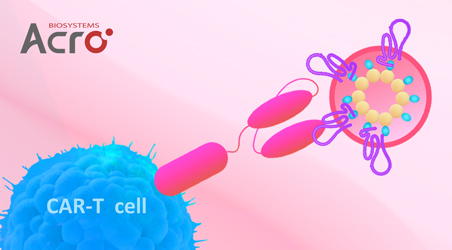分子别名(Synonym)
Triggering receptor expressed on myeloid cells 2,TREM2,TREM-2
表达区间及表达系统(Source)
Human TREM2, Fc Tag (TR2-H5254) is expressed from human 293 cells (HEK293). It contains AA His 19 - Ser 174 (Accession # Q9NZC2-1).
Predicted N-terminus: His 19
Request for sequence
蛋白结构(Molecular Characterization)

This protein carries a human IgG1 Fc tag at the C-terminus.
The protein has a calculated MW of 43.9 kDa. The protein migrates as 55-65 kDa when calibrated against Star Ribbon Pre-stained Protein Marker under reducing (R) condition (SDS-PAGE) due to glycosylation.
内毒素(Endotoxin)
Less than 1.0 EU per μg by the LAL method.
纯度(Purity)
>95% as determined by SDS-PAGE.
制剂(Formulation)
Lyophilized from 0.22 μm filtered solution in 50 mM Tris, 100 mM Glycine, 25 mM Arginine, 150 mM NaCl, pH7.5 with trehalose as protectant.
Contact us for customized product form or formulation.
重构方法(Reconstitution)
Please see Certificate of Analysis for specific instructions.
For best performance, we strongly recommend you to follow the reconstitution protocol provided in the CoA.
存储(Storage)
For long term storage, the product should be stored at lyophilized state at -20°C or lower.
Please avoid repeated freeze-thaw cycles.
This product is stable after storage at:
- -20°C to -70°C for 12 months in lyophilized state;
- -70°C for 3 months under sterile conditions after reconstitution.
电泳(SDS-PAGE)
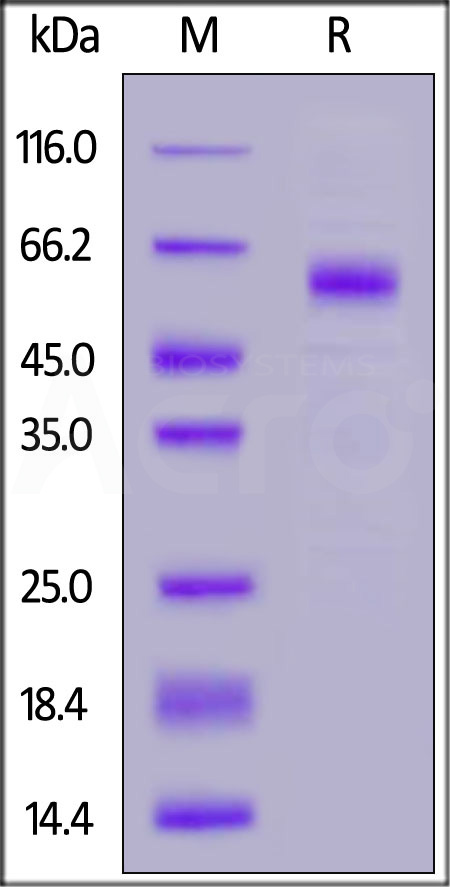
Human TREM2, Fc Tag on SDS-PAGE under reducing (R) condition. The gel was stained with Coomassie Blue. The purity of the protein is greater than 95% (With Star Ribbon Pre-stained Protein Marker).
SEC-MALS
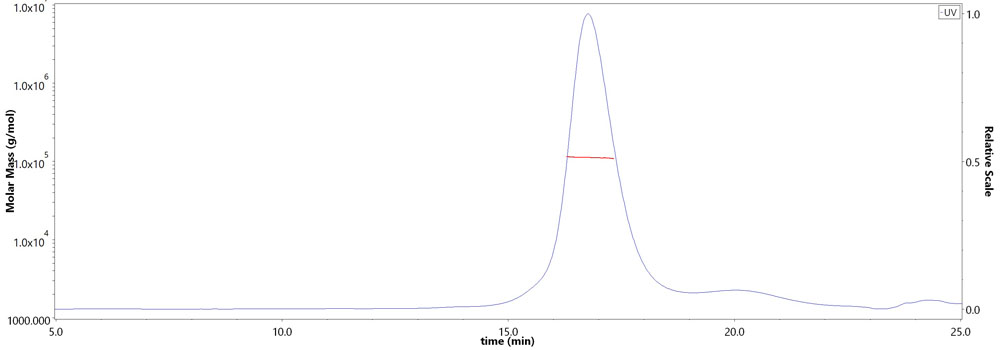
The purity of Human TREM2, Fc Tag (Cat. No. TR2-H5254) is more than 85% and the molecular weight of this protein is around 90-125 kDa verified by SEC-MALS.
Report
活性(Bioactivity)-ELISA
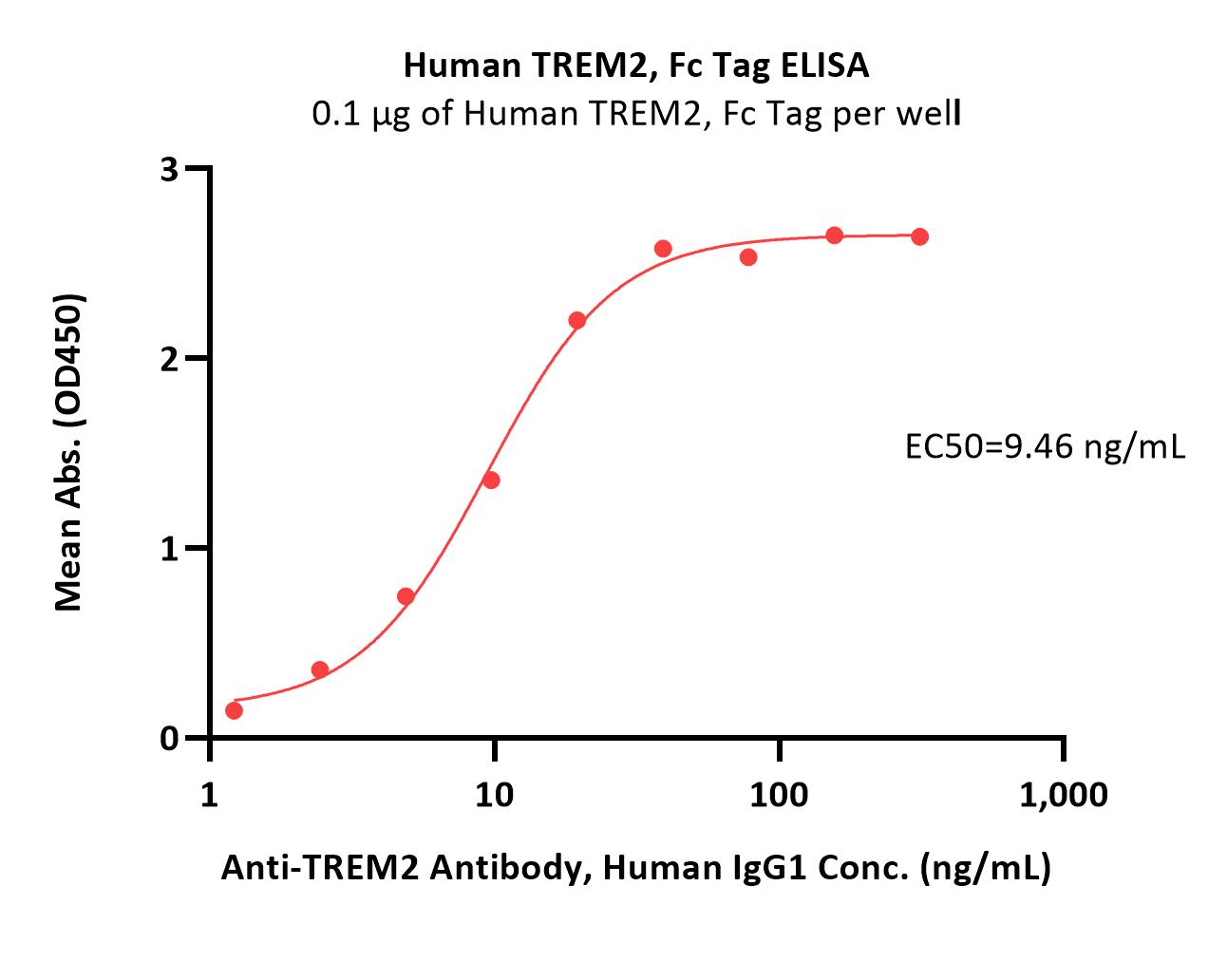
Immobilized Human TREM2, Fc Tag (Cat. No. TR2-H5254) at 1 μg/mL (100 μL/well) can bind Anti-TREM2 Antibody, Human IgG1 with a linear range of 1-20 ng/mL (QC tested).
Protocol
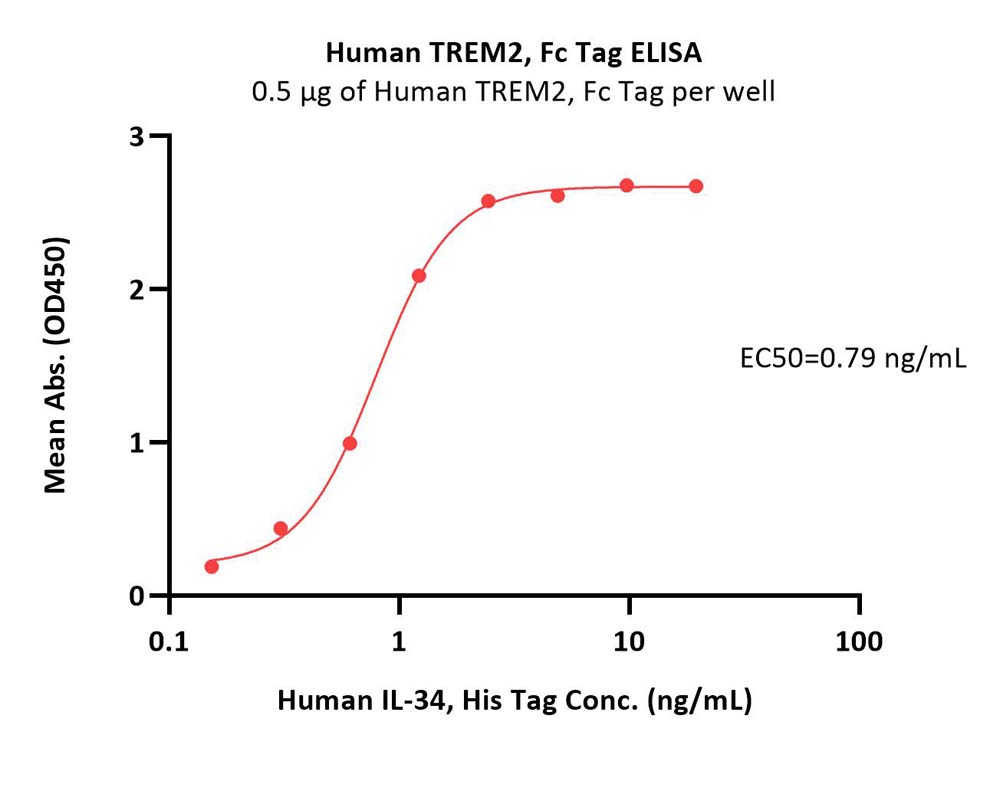
Immobilized Human TREM2, Fc Tag (Cat. No. TR2-H5254) at 5 μg/mL (100 μL/well) can bind Human IL-34, His Tag (Cat. No. IL4-H52H3) with a linear range of 0.1-1 ng/mL (Routinely tested).
Protocol
活性(Bioactivity)-BLI
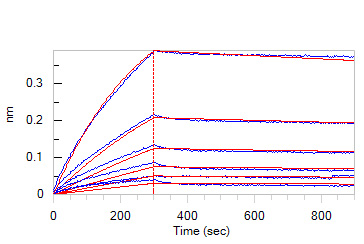
Loaded Human TREM2, Fc Tag (Cat. No. TR2-H5254) on Protein A Biosensor, can bind Human APOE3, His Tag (Cat. No. APE-H5246) with an affinity constant of 66.1 nM as determined in BLI assay (ForteBio Octet Red96e) (Routinely tested).
Protocol
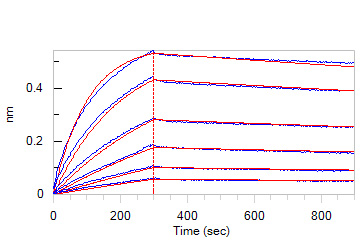
Loaded Human TREM2, Fc Tag (Cat. No. TR2-H5254) on Protein A Biosensor, can bind Human APOE2 (R154S), His Tag (Cat. No. APE-H5256) with an affinity constant of 17.2 nM as determined in BLI assay (ForteBio Octet Red96e) (Routinely tested).
Protocol
背景(Background)
Triggering receptor expressed on myeloid cells 2 (TREM2) is a cell surface receptor of the immunoglobulin superfamily. The TREM2 is found in various tissue macrophages, such as CNS microglia, bone osteoclasts, alveolar, peritoneal and intestinal macrophages. TREM2 is also present on cultured bone marrow-derived macrophages and monocyte-derived dendritic cells. Some research have identified a rare variant of TREM2 that is a risk factor for Alzheimer disease (AD), which is the most common form of late-onset dementia.The extracellular region of TREM2 contains a single immunoglobulin superfamily domain and binds polyanionic ligands, such as bacterial lipopolysaccharide (LPS) and phospholipids8. Upon ligand binding, TREM2 transmits intracellular signals through an adaptor, DAP12 (also known as TYRO protein tyrosine kinase-binding protein (TYROBP)), which is associated with the transmembrane region of TREM2 and which recruits the protein tyrosine kinase SYK through its cytosolic immunoreceptor tyrosine-based activation motifs (ITAMs). TREM2 is a pro-tumorigenic marker of tumor-infiltrating macrophages in mouse models and human tumors that can be targeted to curb tumor growth and improve the efficacy of checkpoint blockade therapy while remodeling the landscape of tumor-infiltrating macrophages.




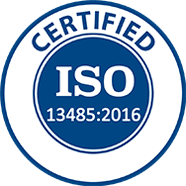
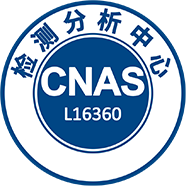

















































 膜杰作
膜杰作 Star Staining
Star Staining

